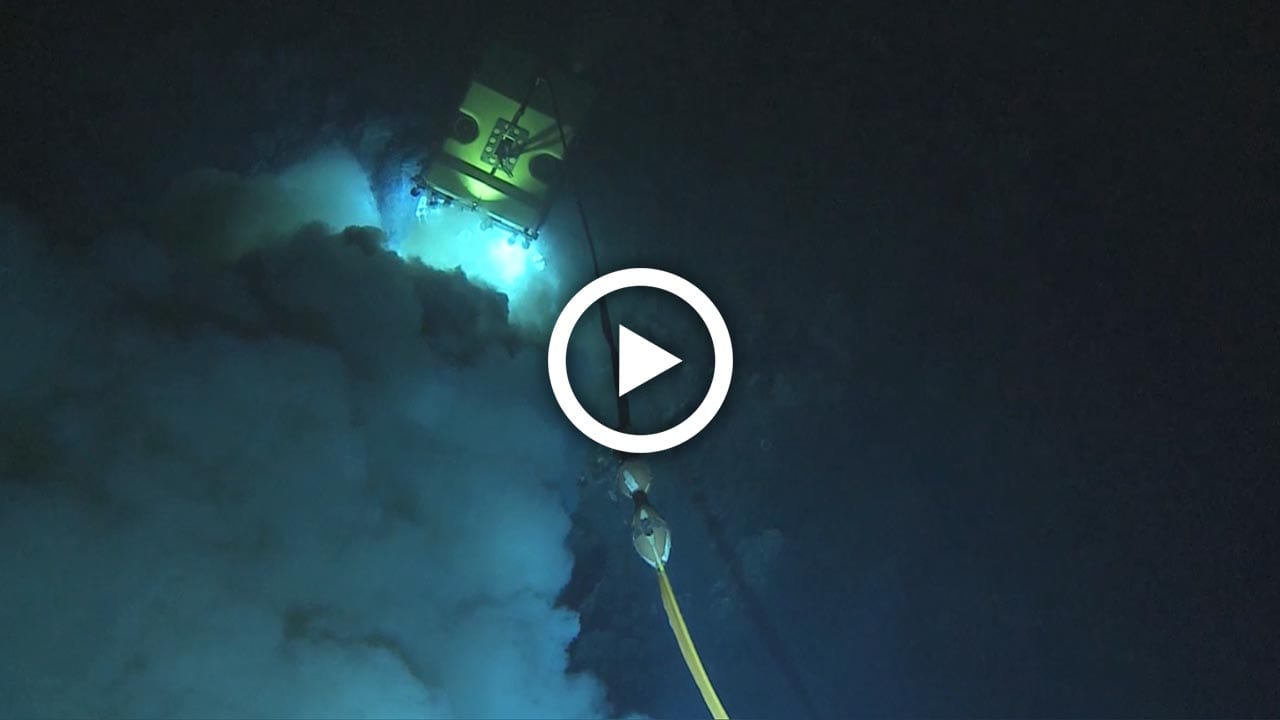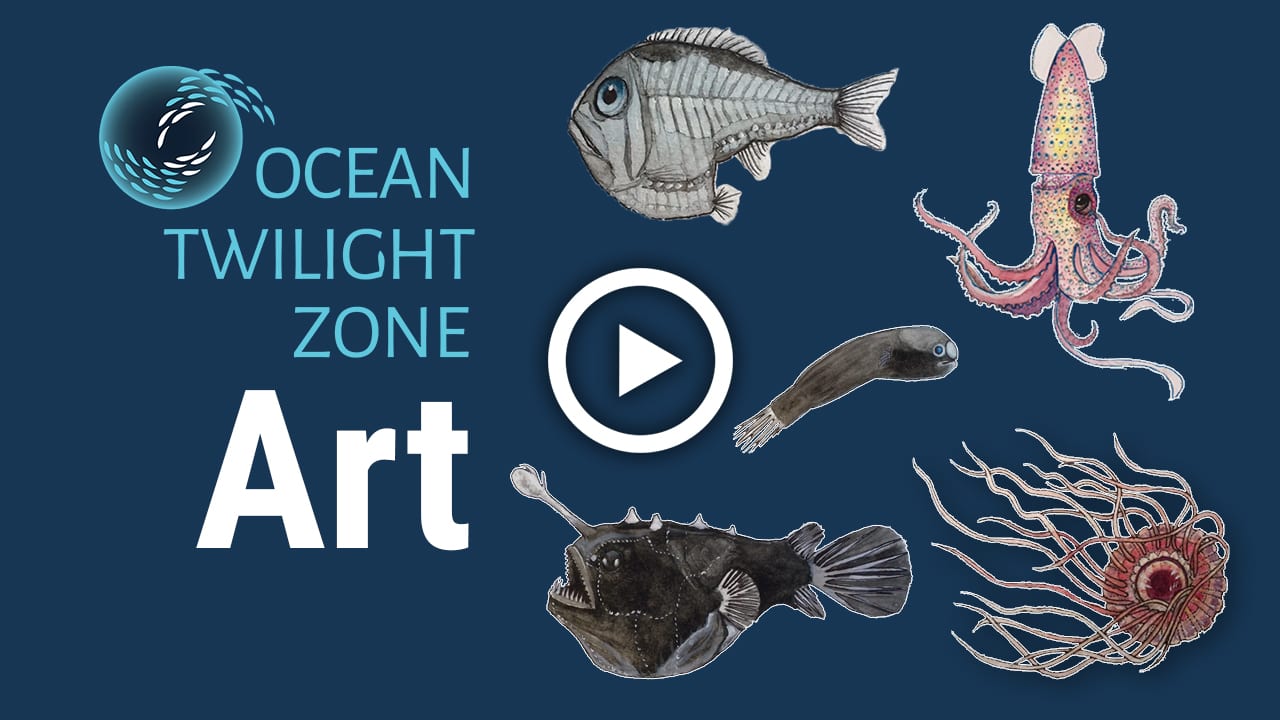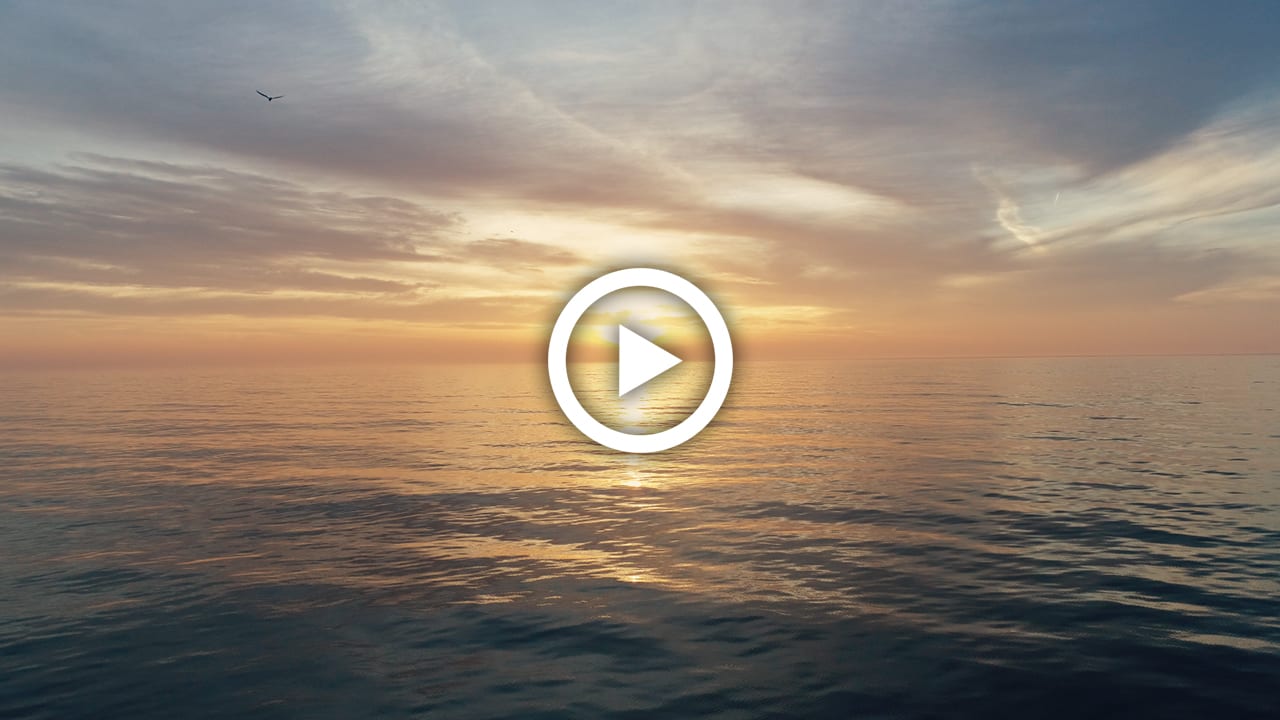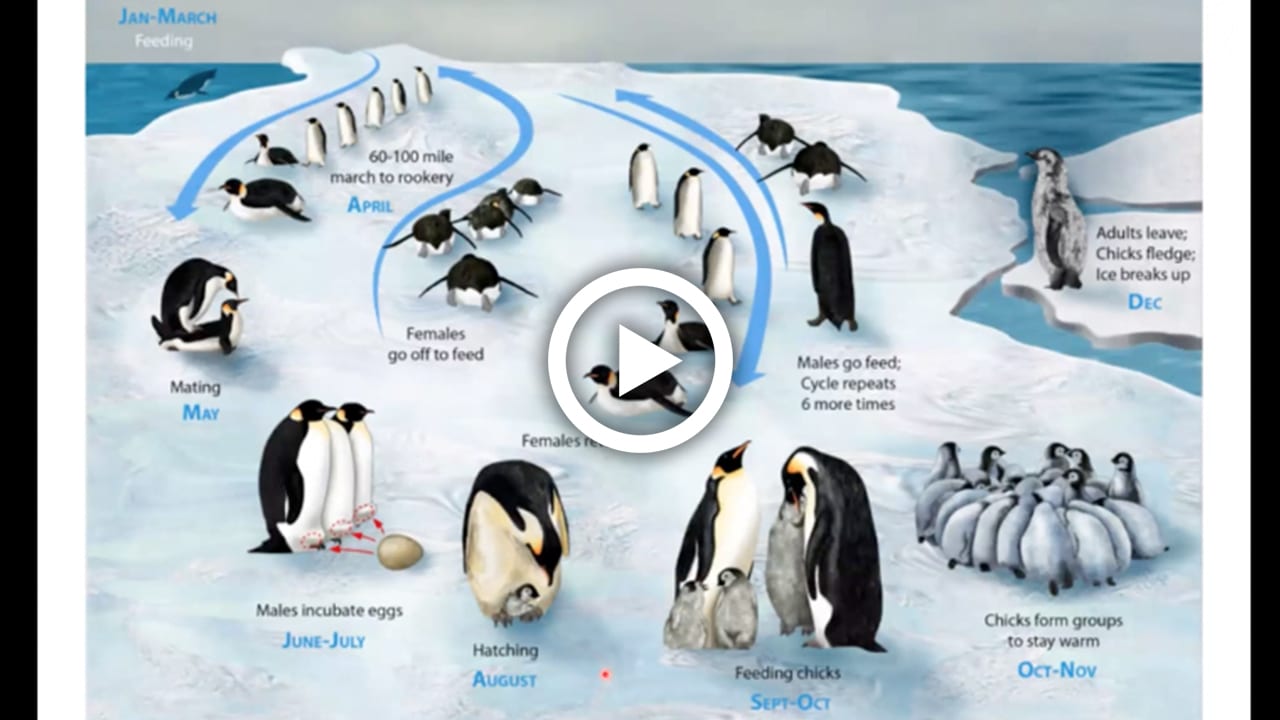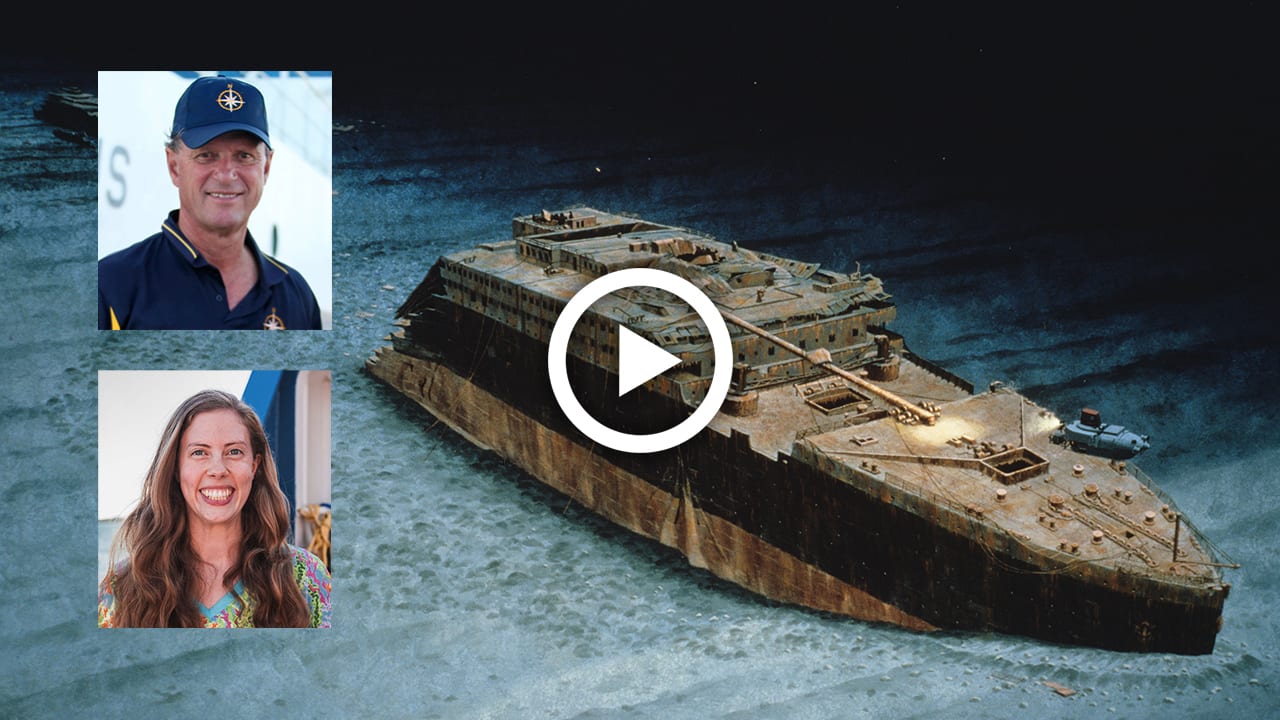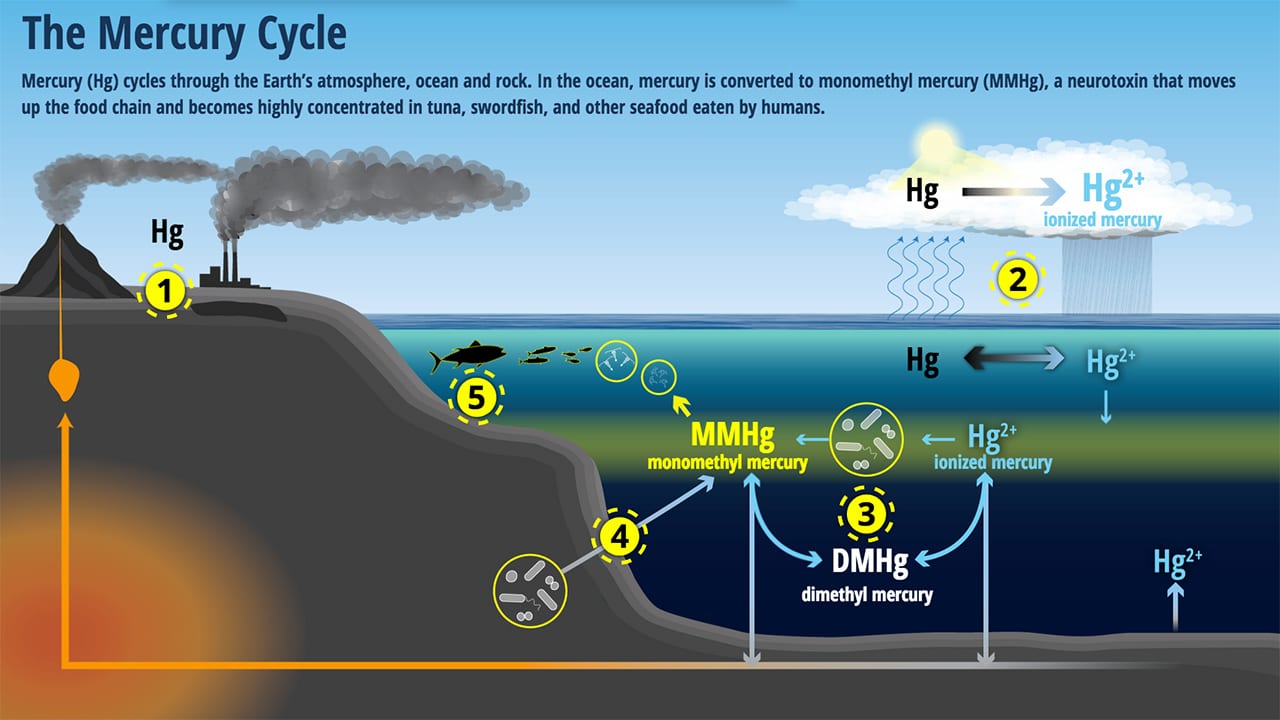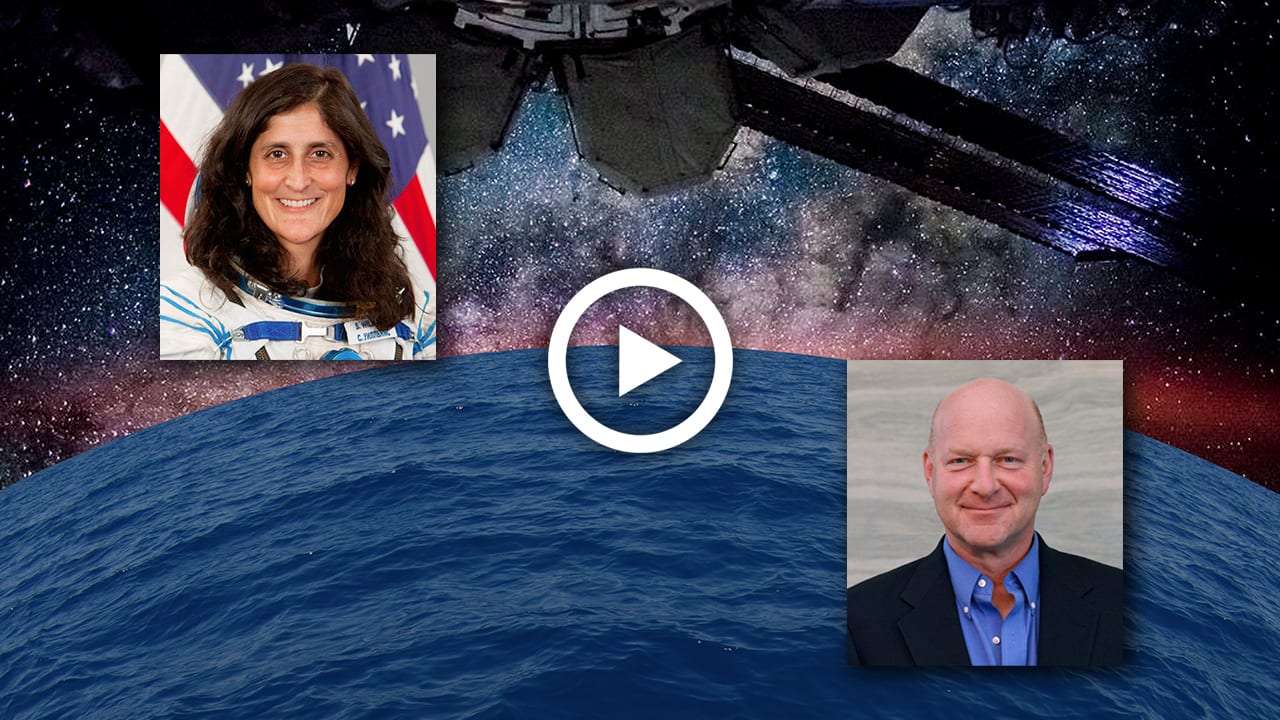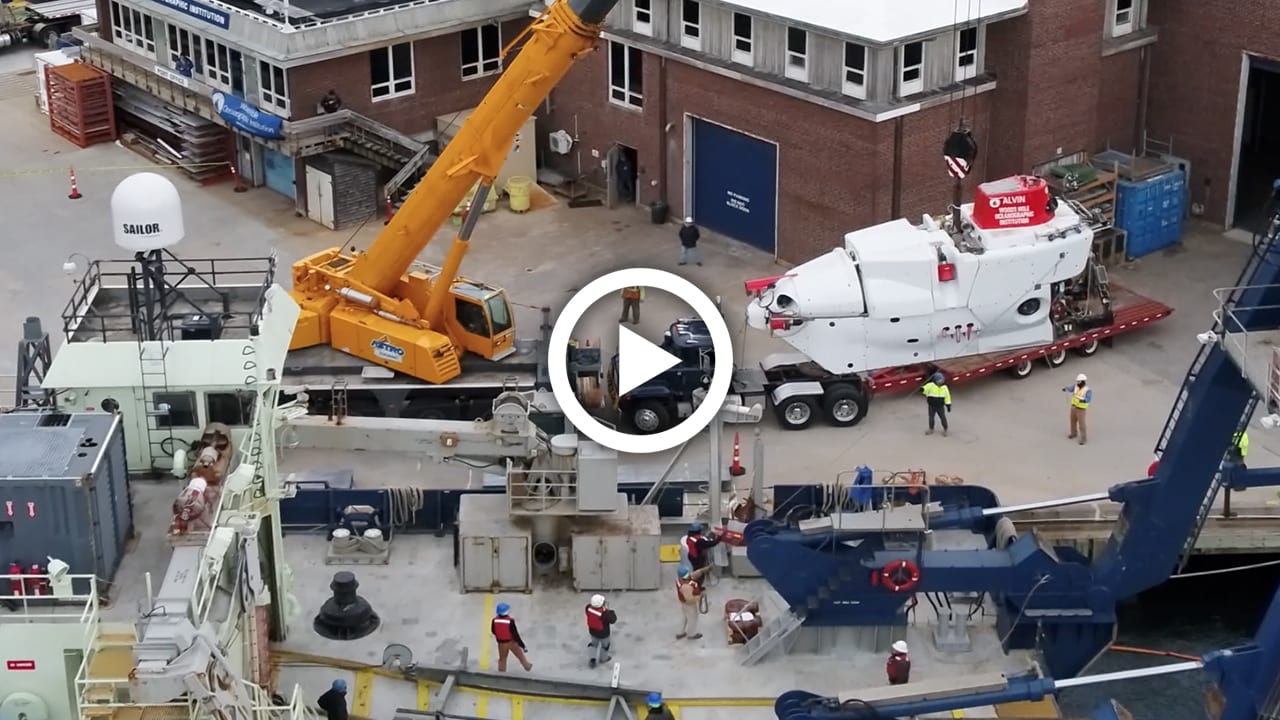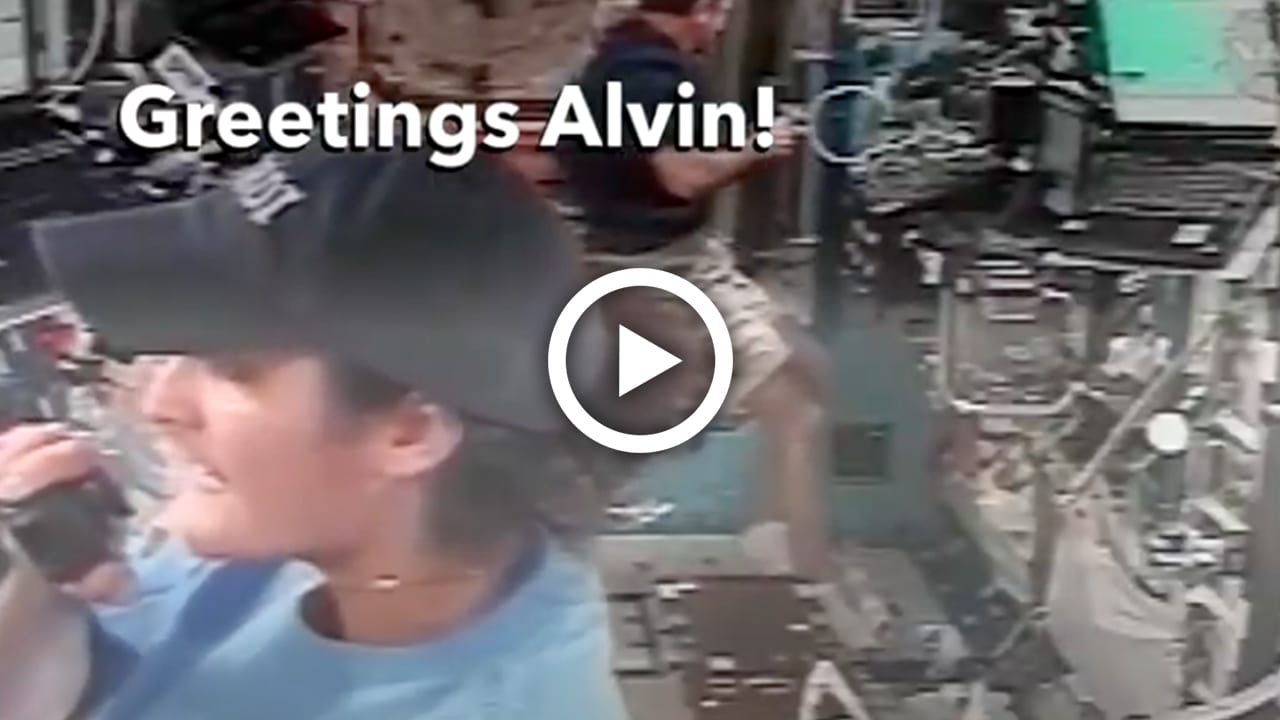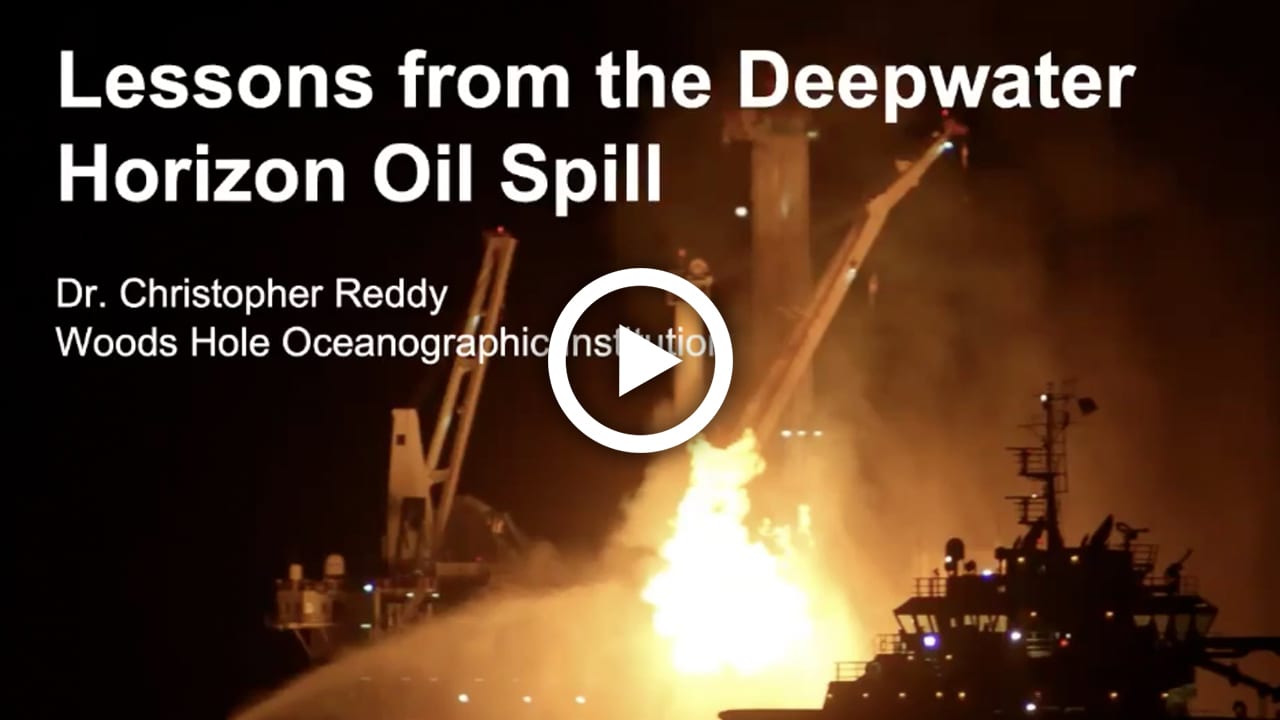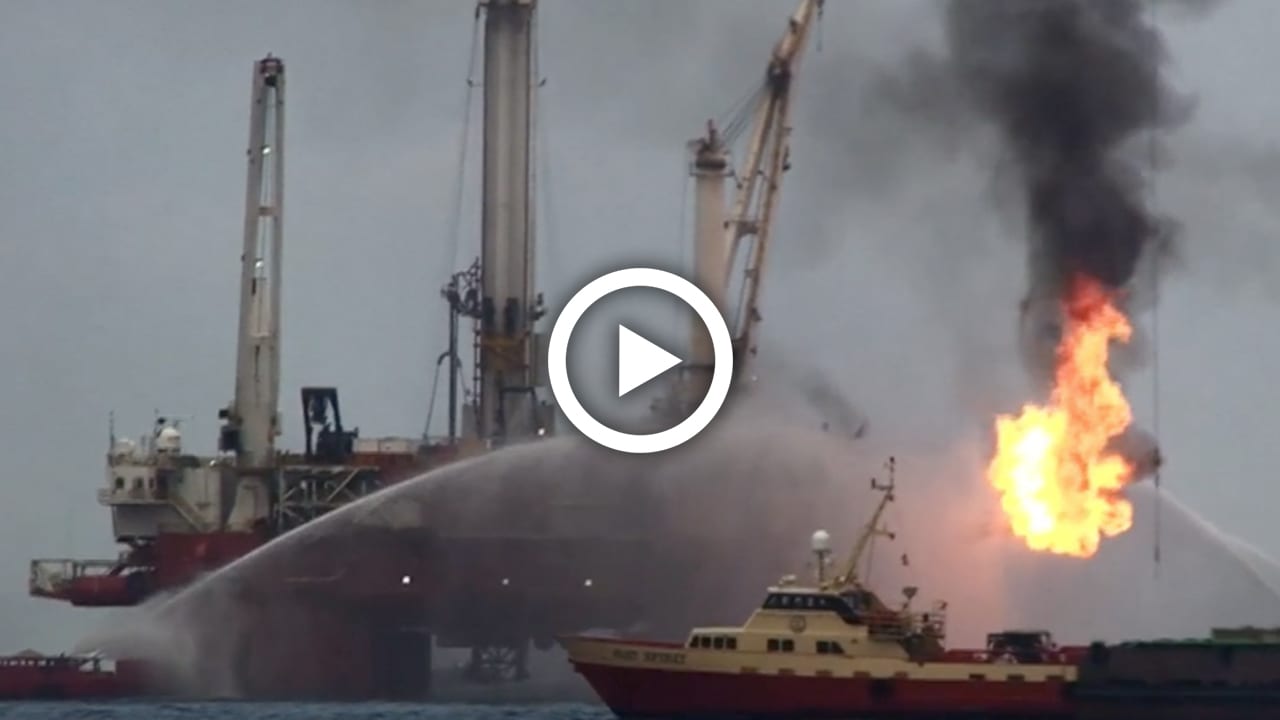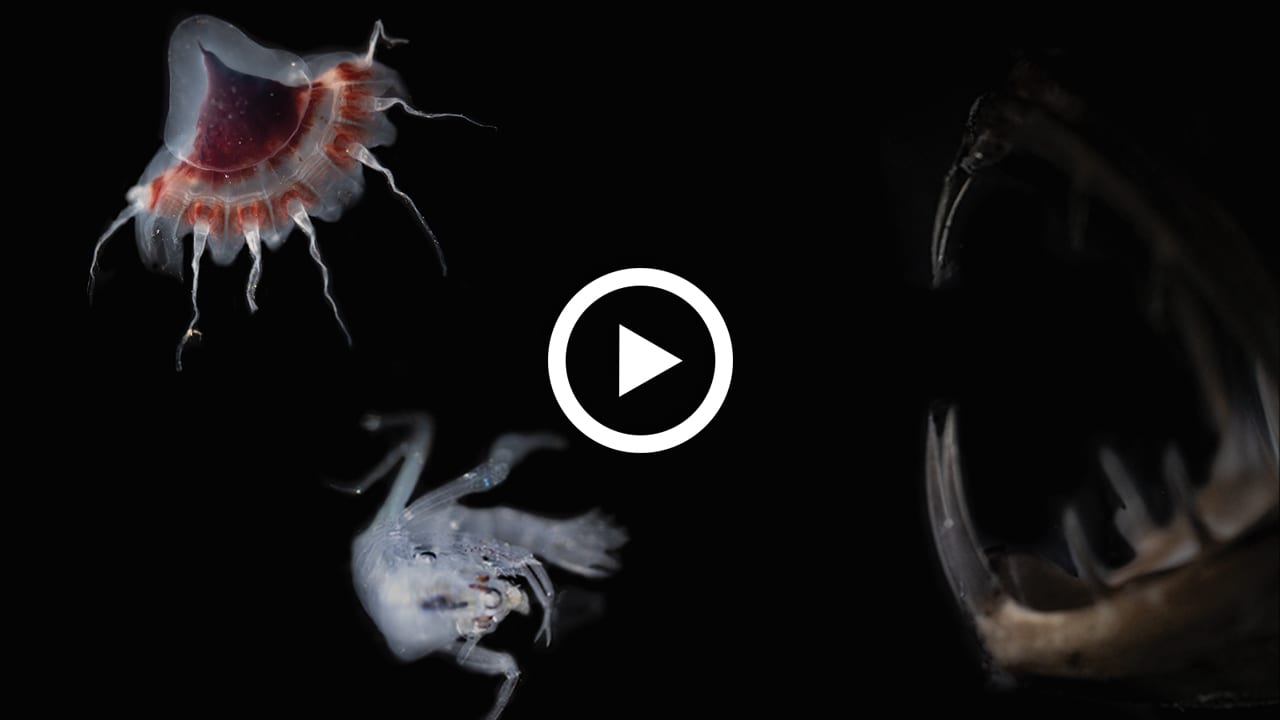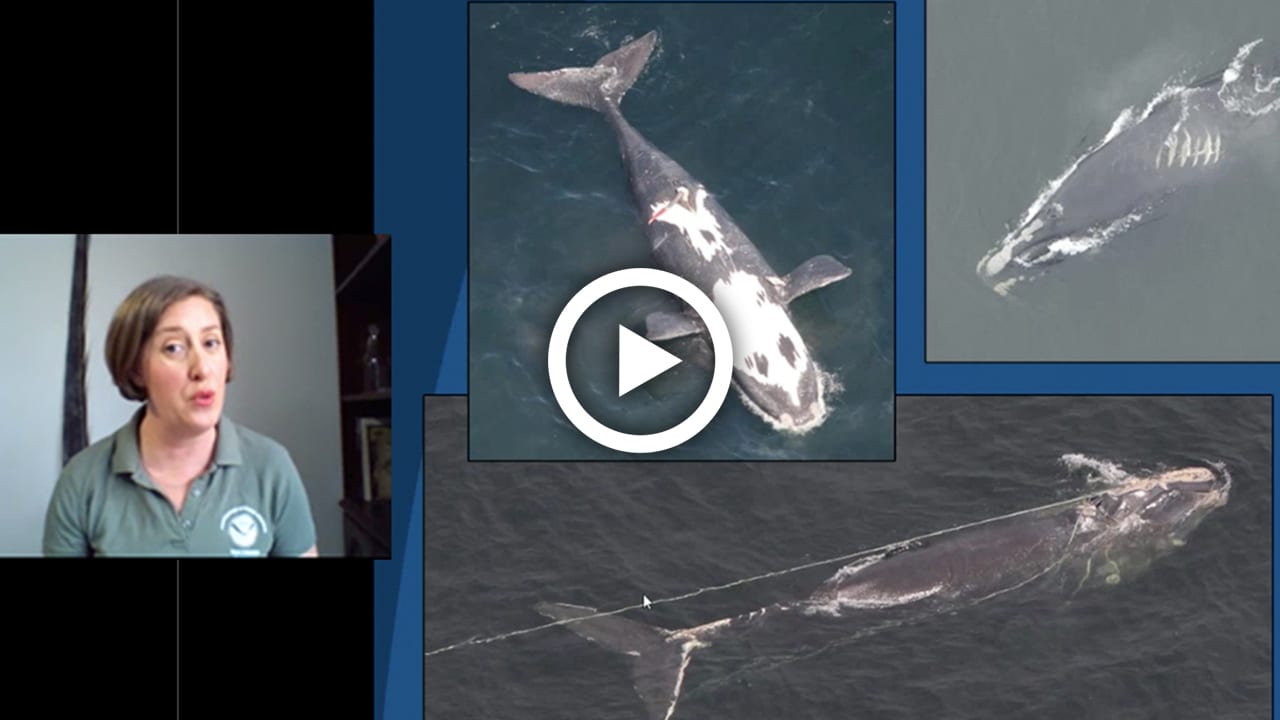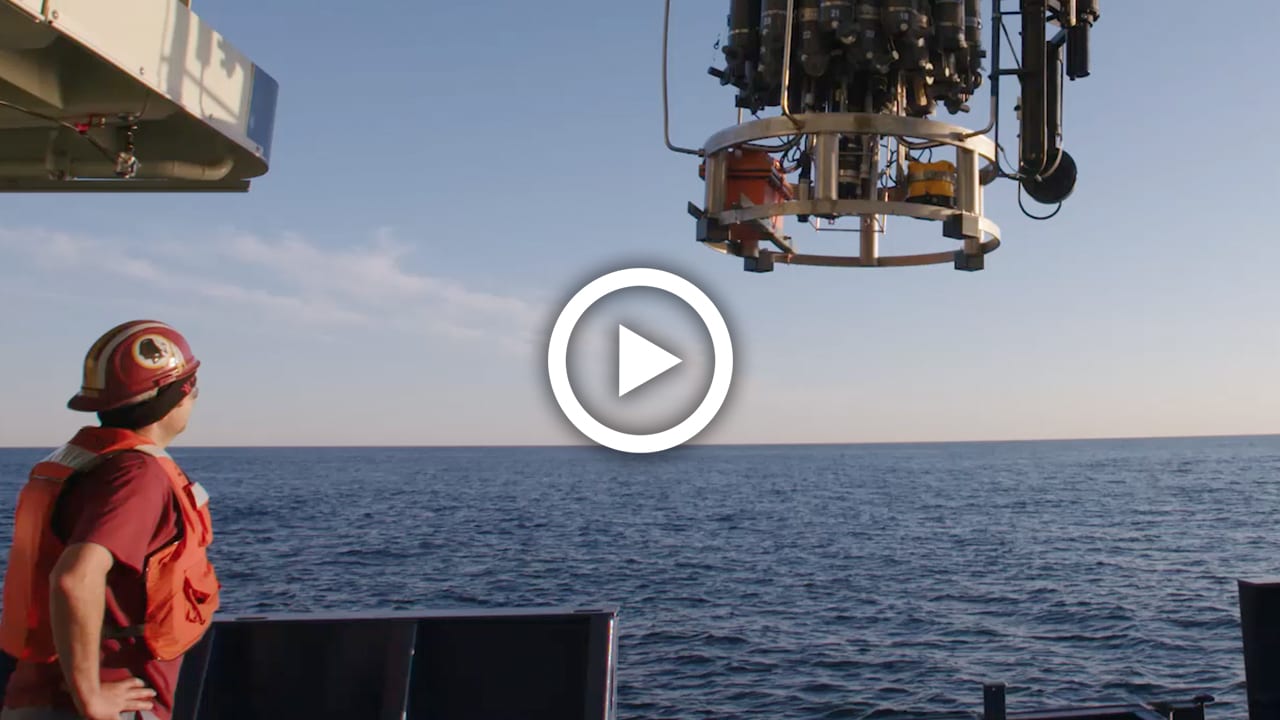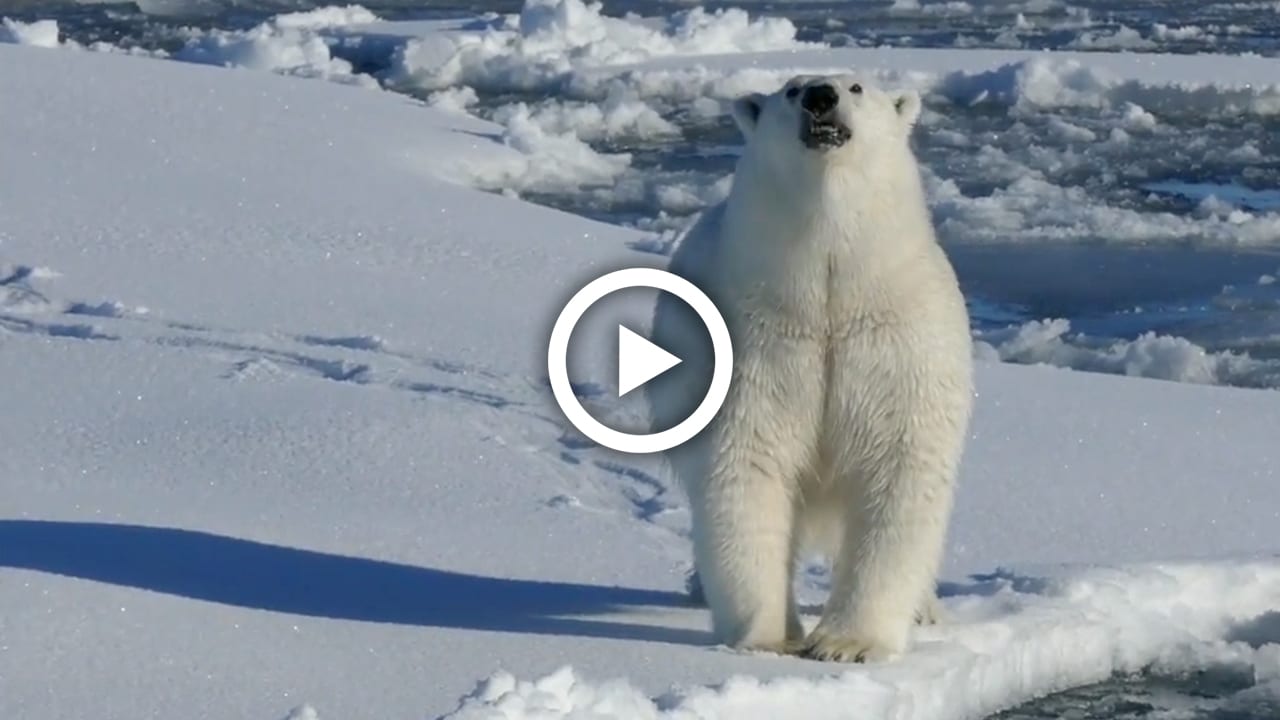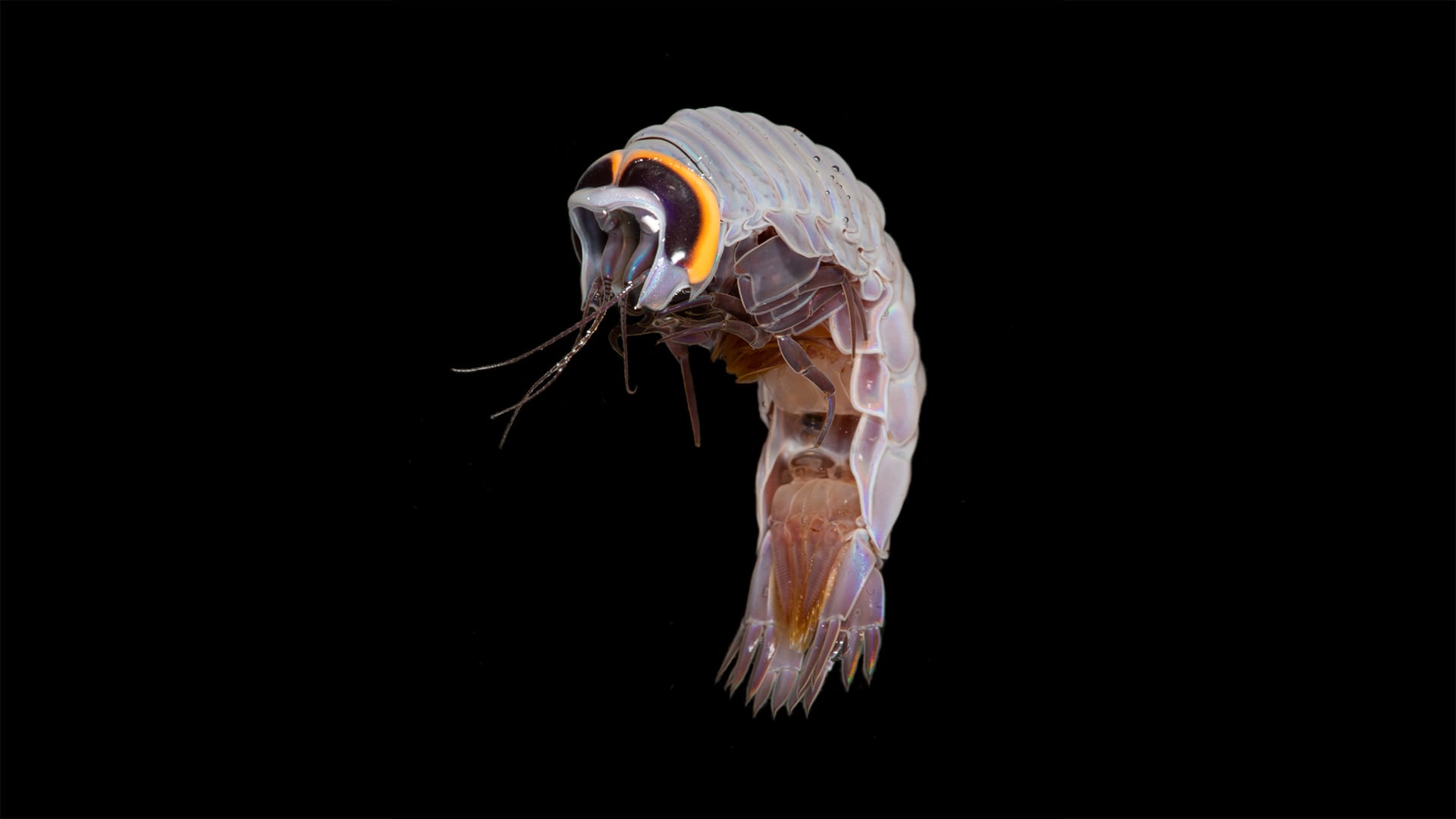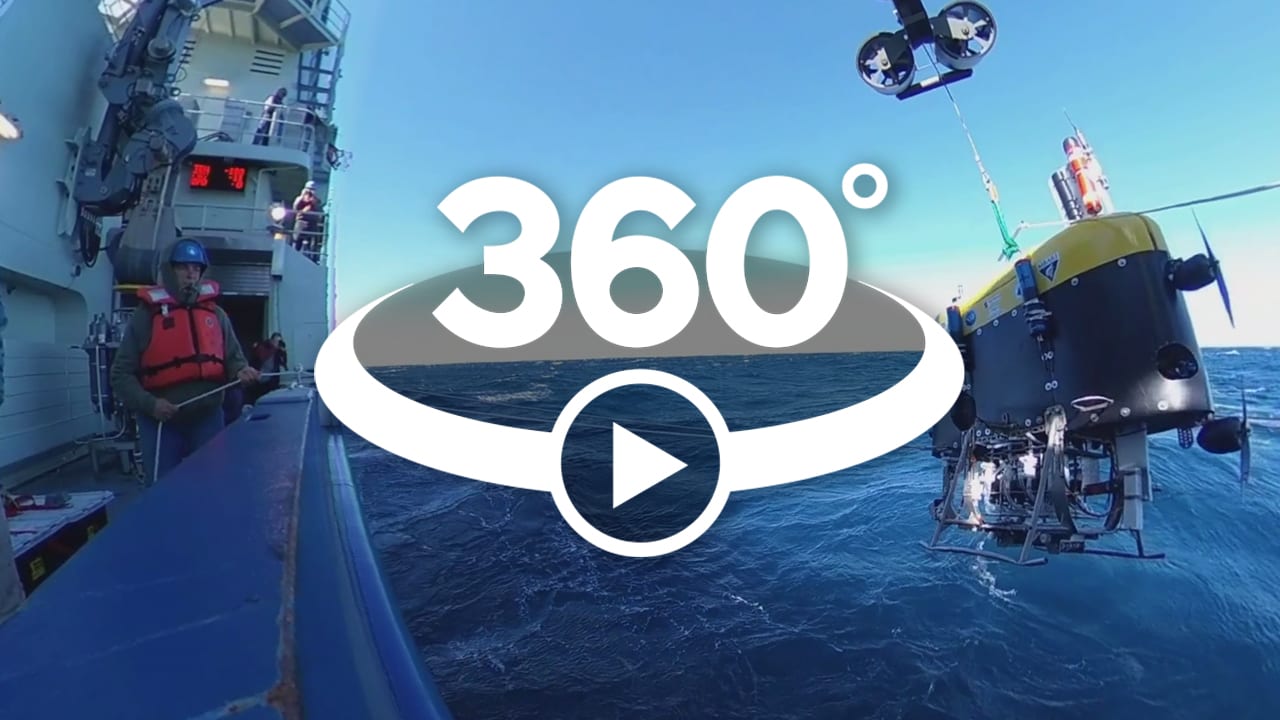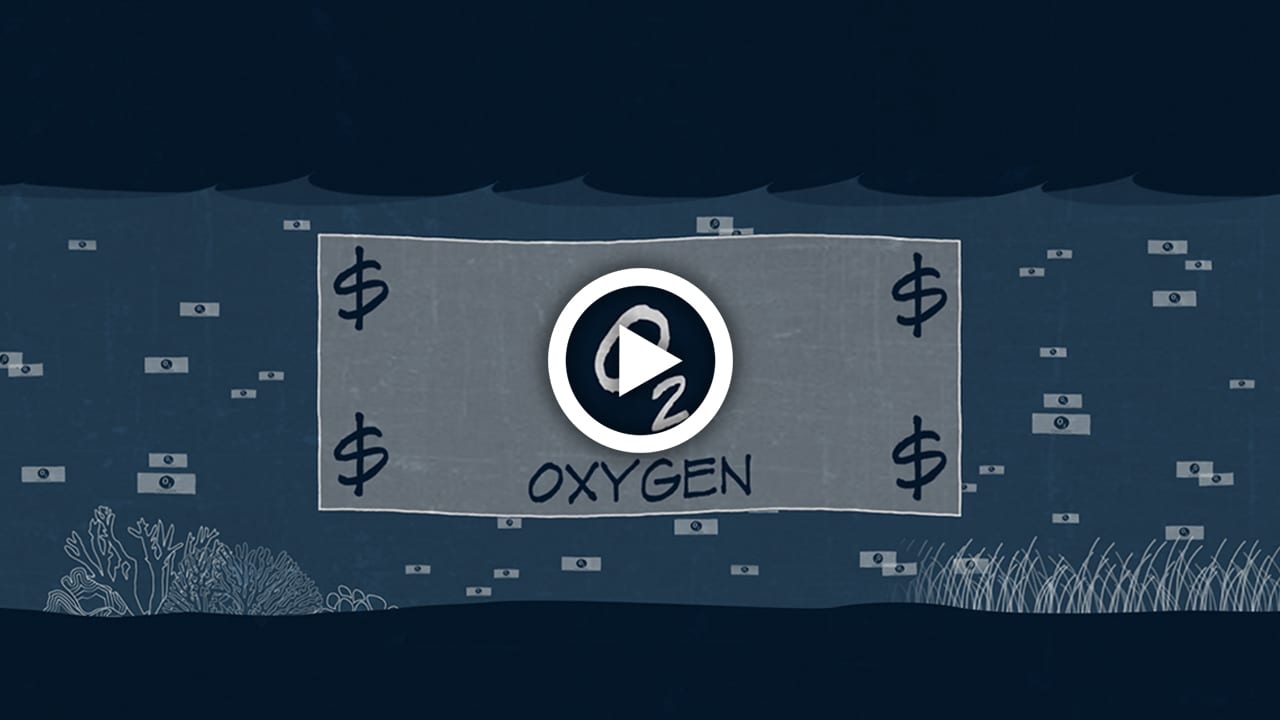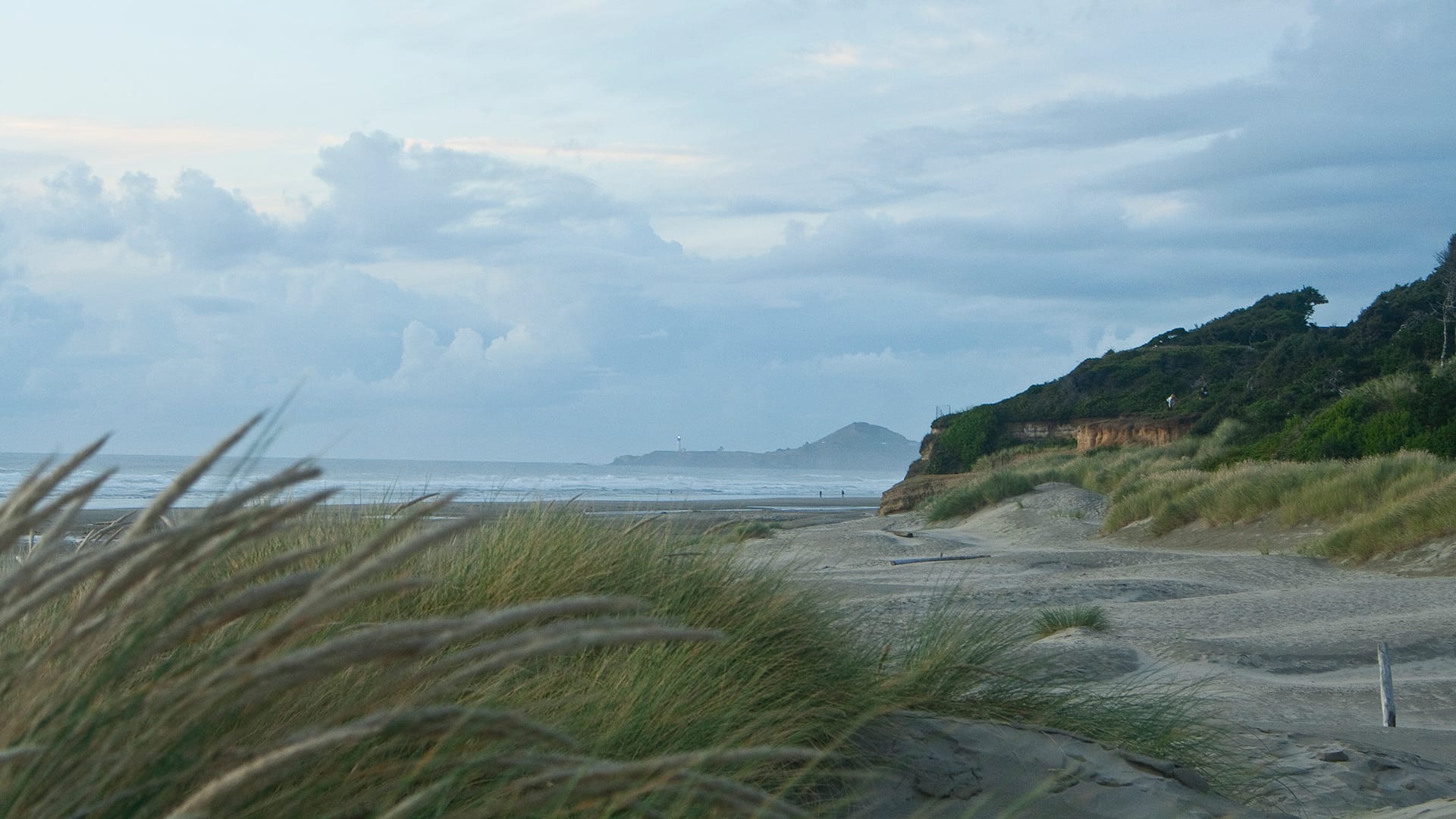Multimedia Items
Ocean Encounters: The Future Ocean
The ocean, our life-support system, is changing faster than almost any other part of the planet. What’s in store for the ocean as these changes continue to play out and how is technology shaping our ability to better understand, predict, and prevent these changes? Two pioneers of ocean research and exploration will sit down to share their thoughts on the future of life on our ocean planet.
Read MoreA win for lobstermen and right whales
A study from Woods Hole Oceanographic Institution found a win for New England’s historic lobster fishery and for endangered right whales. Researchers Hannah Myers and Michael Moore show that even with less gear and a shorter season, fishers in Canada, Maine and Massachusetts caught about the same number of lobsters with much less effort. A change in regulations could protect whales and make the lobster fishery more profitable in the long term.
Read MoreOcean Encounters: Extreme Ocean Machines
Darkness, crushing pressures, and freezing temperatures. These are just a few of the challenges of exploring our extreme ocean world. Join guest host James Cameron, renowned ocean explorer and filmmaker, for a conversation about the revolutionary technologies that are empowering new generations of explorers, scientists, and storytellers on the high seas. Recorded May 20, 2020.
Read MoreMarine Robotics – James Cameron
Darkness, crushing pressures, and freezing temperatures. These are just a few of the challenges of exploring our extreme ocean world. Join guest host James Cameron, renowned ocean explorer and filmmaker, for a conversation about the revolutionary technologies that are empowering new generations of explorers, scientists, and storytellers on the high seas.
Read MoreOcean Twilight Zone Art
Learn how to draw and paint the marvelous creatures of the ocean twilight zone and pick up some fun facts about their anatomy and behavior along the way!
Read MoreOcean Encounters: Sharks!
Sharks are one of the most iconic, and feared, groups of animals in our wild ocean. Like other apex predators, they play a crucial role in the ecosystem they call home. Join us to learn about sharks and their behavior and role in a healthy ocean with shark biologist Greg Skomal, Massachusetts Division of Marine Fisheries, and WHOI ocean ecologist Simon Thorrold.
Read MoreOur Ocean. Our Planet. Our Future.
The ocean covers 70 percent of the globe. It gives us oxygen and food, and millions of jobs. It brings joy and shapes our climate and weather. The ocean is life, and it belongs to everyone. Woods Hole Oceanographic Institution is the world’s independent leader in ocean discovery, exploration, and education, working to understand and sustain one of humanity’s most precious common resources. Join us today. For our ocean, our planet, and our future.
Read MoreA seabird symposium: emperor penguins
WHOI seabird biologist Stephanie Jenouvrier gives a virtual symposium at the Scripps Institution of Oceanography about her work to model and predict the fate of emperor penguins in Antarctica during a time of rapid change
Read MoreOcean Encounters: The Science of Shipwrecks
In case you missed it: renowned explorer Dr. Robert Ballard and WHOI scientist Dr. Kirstin Meyer-Kaiser provide a fascinating overview of some of the many, surprising facts that can be learned from shipwrecks. Watch now!
Read MoreMercury Cycle
Ocean Encounters: Exploring Inner and Outer Space
Watch this virtual event with NASA Astronaut Sunita Williams and WHOI Deep-sea scientist Dr. Timothy Shank. Join them as they talk about the worlds they each love to explore and recount a historic phone call between them that linked outer space and the deep ocean as never before. Recorded on Wednesday, April 29, 2020.
Read MoreWelcome home, Alvin!
Alvin is the world’s longest-operating deep-sea submersible. It was launched in 1964 and has made more than 4,700 dives, along the way participating in some of the most iconic discoveries in the deep ocean. Throughout 2011, 2012, and into 2013, Alvin received a comprehensive overhaul and upgrade funded by the National Science Foundation that greatly expanded its capabilities and will eventually put almost the entire ocean floor within its reach.
Read MoreFrom Space to Seafloor
Watch and listen in on the first contact between scientists on the opposite edges of human exploration. WHOI marine biologist Tim Shank, diving in the Alvin submersible and NASA astronaut Sunita “Suni” Williams as she orbits Earth on the International Space Station.
Read MoreLessons from Deep Water Horizon – 10 years later
Ten years ago, Dr. Chris Reddy and dozens of his colleagues were called to the Gulf of Mexico to address what would soon become the largest human-caused oil spill in history. What have we learned a decade later? Join us as Chris takes a look back at how far we’ve come and answers your questions about what science can tell us about oil spills and the ongoing recovery on land and in the ocean.
Read MoreDeepwater Horizon – major findings and technological advances
Ten years ago, a powerful explosion destroyed an oil rig in the Gulf of Mexico, killing 11 workers and injuring 17 others. Over a span of 87 days, the Deepwater Horizon well released an estimated 168 million gallons of oil and 45 million gallons of natural gas into the ocean, making it the largest accidental marine oil spill in history.
Read MoreA Window into the Twilight Zone
Woods Hole Oceanographic Institution oceanographer Andone Lavery and her team of scientists and engineers have created the ultimate tool for exploring the largest, least known habitat on Earth—the Twilight Zone, a layer of the ocean beyond all but the dimmest sunlight. What they find might change our understanding of deep-ocean life.
Read MoreNOAA Live! webinars for kids
While you are home, the National Oceanic and Atmospheric Administration (NOAA)’s Regional Collaboration Network in conjunction with Woods Hole Sea Grant and the Woods Hole Oceanographic Institution, is offering this series on Monday, Wednesday, and Friday at 11 EDT during school closures.
Each webinar features a different NOAA expert/topic and a moderated question and answers session so that you can get a peek at what our NOAA scientists do in all the various NOAA offices. These webinars are geared toward grades 2-8 and allow students to connect with scientists. Webinars are between 45-60 minutes in length and are recorded. #NOAALive4Kids
Read MoreThe ocean’s carbon pump works better than we thought!
Scientists have long known that the ocean plays an essential role in capturing carbon from the atmosphere, but a study from Woods Hole Oceanographic Institution (WHOI) shows that the efficiency of the ocean’s “biological carbon pump” has been drastically underestimated, with implications for future climate assessments. Marine chemist Ken Buesseler and his co-authors call on their fellow oceanographers to adopt a new metric for estimating the depth of the ocean’s sunlit layer, thus its ability to take up carbon.
Read MorePolar bear sighting aboard USCGC Healy
A polar bear sighting off the U.S. Coast Guard Cutter Healy during the 2015 Arctic GEOTRACES expedition. The Arctic has experienced the highest degree of warming on the planet, causing sea ice to thin and recede. The region’s iconic polar bears rely on sea ice to hunt, travel and mate.
Read MoreHyperiid amphipod: a shimmer in the net
This hyperiid amphipod is a member of the crustacean family that typically act as parasites to gelatinous neighbors, such as salps. This particular suborder lives exclusively in the marine environment. Paul Caiger, who snapped the picture, saw this particular shrimp-like species during an ocean twilight zone research cruise on R/V Neil Armstrong (2020).
Read More360˚ Video: Deploying Mesobot
You’re on deck as the stealthy underwater robot Mesobot makes another trip into the ocean twilight zone to test equipment that will help scientists track bits of “environmental DNA” floating in the water.
Read MoreThe Ocean is Earth’s Oxygen Bank
Oxygen is like money for Earth, and the ocean acts like a bank. Deposits are made in three ocean layers: At the surface through exchange with air, in the water, when phytoplankton produce O2 from sunlight and CO2, and on the seafloor where plants and corals live. Withdrawals occur when organisms consume oxygen. Oxygen is tightly connected to life in the ocean, and can tell us a lot about an ecosystem’s health & productivity. This is why we need an ocean oxygen budget. A simple idea, but has been difficult until now.
Read MoreRelief and splendor in a small village full of big science
Welcome to the 1940s! A time when World War II was underway in Europe and Americans were filled with hope and the beginning of a new era. While working long hours on wartime and post-wartime projects, WHOI staff blew off steam by performing in 1945 and 1946 stage shows called the Woods Hole follies.
Read MoreMaritime reflections along Yaquina Bay Bridge
On the shore beyond the Yaquina Bay Bridge in Newport, Oregon, Ordinary Seaman Michael Sessa captured this serene vista while WHOI’s research vessel Atlantis was in port
Read More



